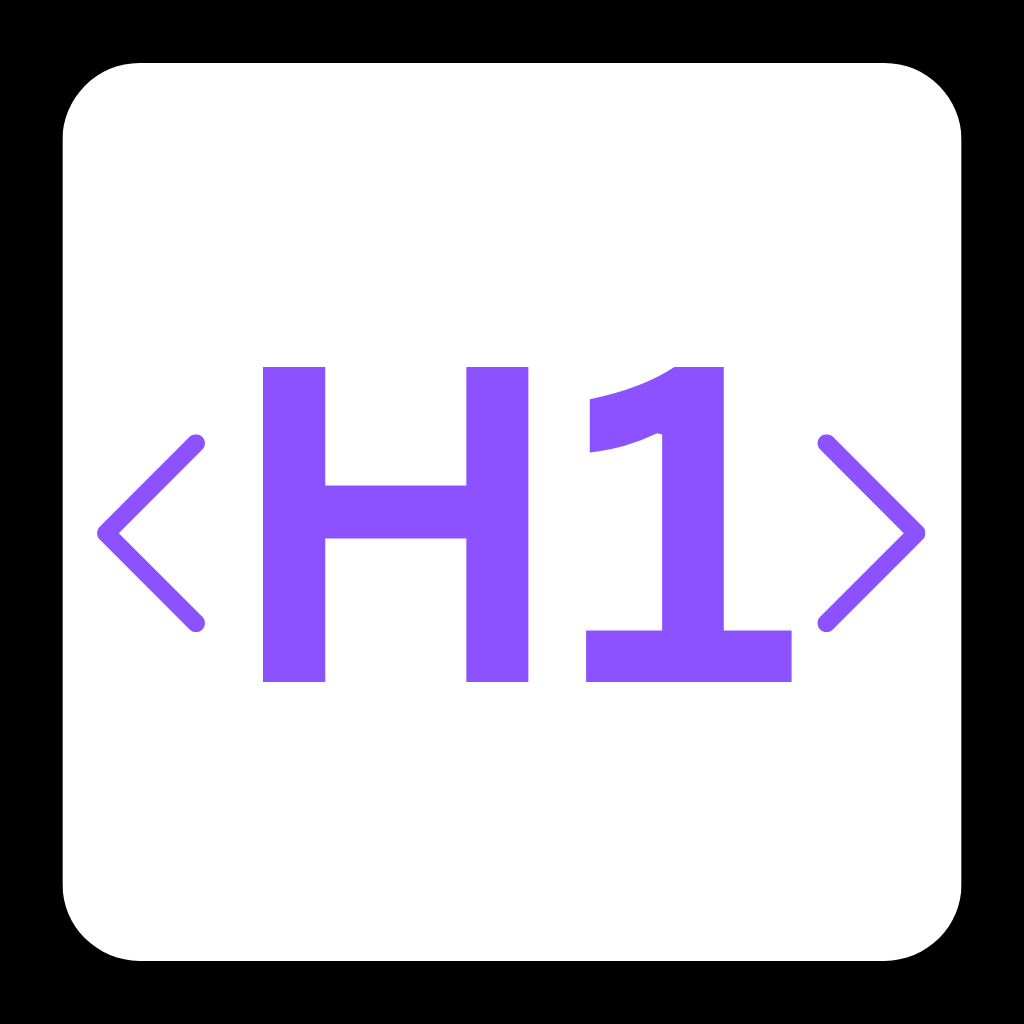Can AI Finally Make App Store Reviews Actually Useful?

Apple’s iOS 18.4 Review Summaries: Smarter Insights or Just More Hype?
Scrolling through endless App Store reviews to decide if an app is worth downloading might finally be a thing of the past. With iOS 18.4, Apple introduced AI-powered review summaries that promise to capture the essence of user feedback in seconds. But how does this system cut through the noise of millions of opinions? Let’s dive in.
🌪️ The Chaos of Crowdsourced Feedback
App reviews are messy, and turning them into coherent summaries isn’t just a technical challenge—it’s a linguistic minefield. Here’s why:
- 🕒 Timeliness: Reviews evolve daily. A bug fix or new feature can flip sentiment overnight, making summaries stale within hours.
- 🎭 Diversity: Reviews range from “Love it!” novellas to rants about unrelated topics (yes, people review food delivery apps to complain about cold fries).
- 🎯 Accuracy: Off-topic comments, spam, and fraud muddy the waters. A summary missing key complaints could mislead millions.

✅ Apple’s LLM-Powered Solution: A Four-Step Breakdown
Apple’s system uses a pipeline of specialized language models to tackle these hurdles:
- 🔍 Insight Extraction: A fine-tuned LLM breaks reviews into atomic statements (e.g., “slow loading times” or “intuitive design”), standardized for comparison.
- 🌀 Dynamic Topic Modeling: Another LLM groups insights into themes like “performance” or “UI,” avoiding rigid categories. It even filters out irrelevant topics (like those cold fries).
- ⚖️ Sentiment Balancing: The system ensures summaries reflect the app’s overall rating. A 4.5-star app won’t get a summary dominated by complaints.
- ✍️ Human-Aligned Summaries: A final LLM, trained on expert-written examples and refined via Direct Preference Optimization (DPO), writes concise, Apple-style paragraphs.
Key innovation? Using LoRA adapters to fine-tune models efficiently without retraining entire LLMs—a cost-saver for scaling globally.

⚠️ The Hidden Hurdles: Safety, Bias, and the ‘Apple Voice’
Even with cutting-edge AI, challenges linger:
- 🚨 Safety First: Harmful content must be filtered pre-summary. Human raters enforce a unanimous safety vote, while other criteria (like accuracy) use majority rules.
- 🤖 Groundedness vs. Creativity: LLMs sometimes “hallucinate.” The system prioritizes insights directly tied to reviews, avoiding speculative claims.
- 🍎 Style Enforcement: Summaries must match Apple’s voice—clear, neutral, and jargon-free. One rater rejected a summary for using “lit 🔥” instead of “user-friendly.”
🚀 Final Verdict: A Blueprint for AI-Powered Decision-Making?
Early results are promising. Thousands of evaluated summaries show the system can:
- 📈 Boost Efficiency: Users skim summaries in ~10 seconds vs. reading 50+ reviews.
- 🤝 Balance Perspectives: Mixed sentiment apps get fair treatment (e.g., “Most praise feature X, though some report bug Y”).
- 🌍 Scale Globally: The pipeline adapts to languages and regional app trends.
But the real win? Proving LLMs can add structure to chaos without losing nuance. What do you think? Will AI summaries become your go-to app research tool, or will you still scroll for the drama?
Let us know on X (Former Twitter)
Sources: Apple Machine Learning Research. An LLM-Based Approach to Review Summarization on the App Store. https://machinelearning.apple.com/research/app-store-review










